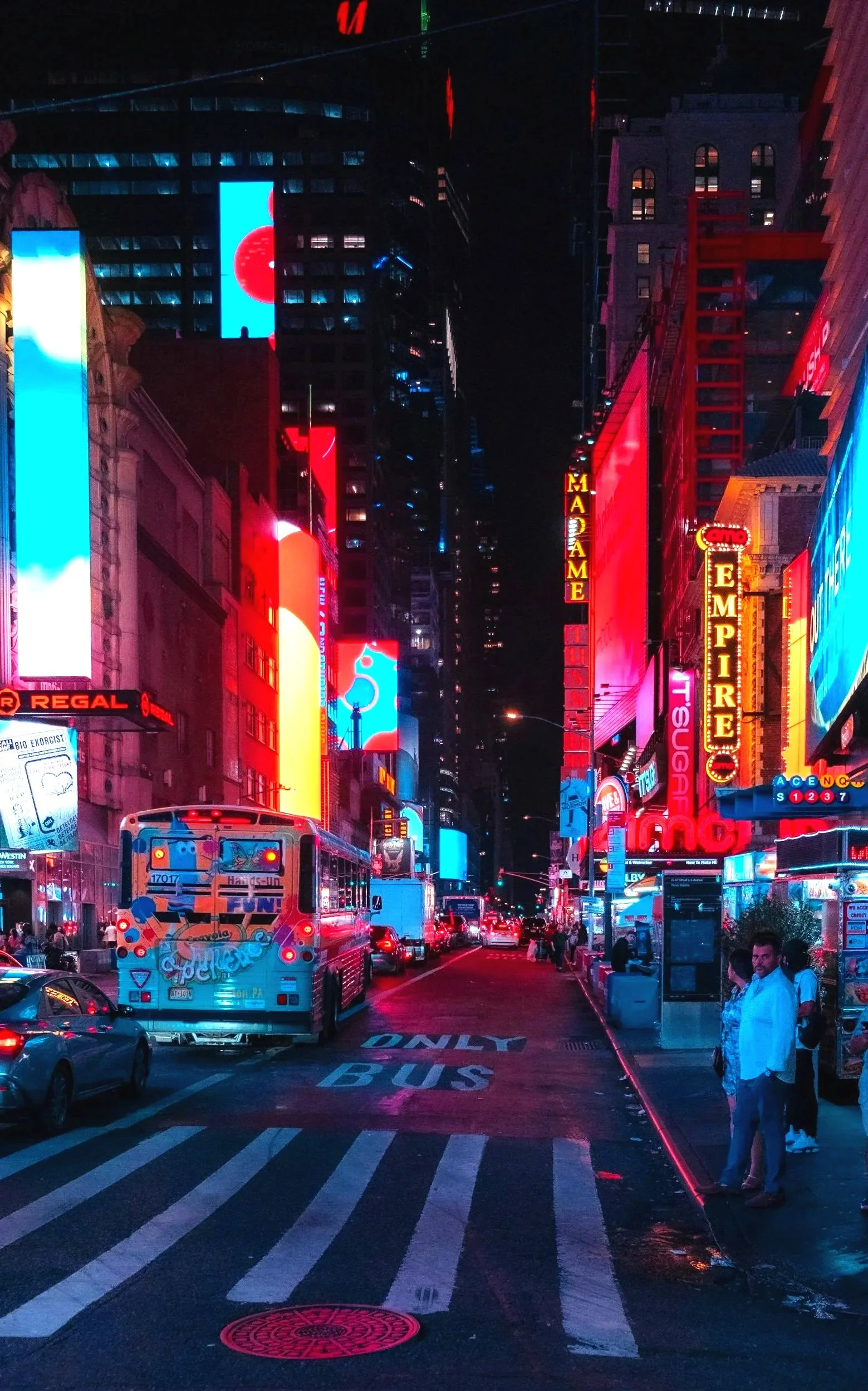FROM STEREO WIDTH TO HEIGHT: USING ATMOS CHANNELS TO SELL SIZE IN SOUND DESIGN (PART 2)
Introduction: Part 2
Welcome back! This is the follow-up to our first post, How Stereo Width Can Be Used to Sell Size in Sound Design (Part 1), where we explored stereo width, mono vs. stereo choices, and case studies like Christopher Nolan’s Tenet. If you haven’t read Part 1 yet, I recommend checking it out—it lays the foundation for understanding how width shapes perceived size, proximity, and tension in cinematic sound. By adding a vertical dimension to your sound design, you can make environments feel taller, more massive, and immersive, while still conveying emotional nuance, simply by minding the same principles as with stereo. In this post, I’ll be skipping the basics and diving straight into how these principles translate to Dolby Atmos height channels.
Spreading a sound across multiple dimensions over time can be used to increase its intensity
Why Height Matters
Stereo gives us horizontal scale, but Atmos height channels allow sounds to occupy a vertical space. Humans aren’t as precise at localizing vertical sounds as horizontal ones, but we feel them, and subtle vertical cues can make environments feel monumental or enveloping.
Think of height as stereo width along a vertical axis. Just like spreading a sound left to right makes it feel larger, allowing sounds to take up more vertical space can make them feel larger and more immersive. Combining width and height thoughtfully allows designers to maximize perceived scale in three dimensions.
From Stereo to Height: Applying the Same Principles
The same ideas that guide stereo placement—narrow vs. wide, focus vs. environment, and contrast—apply directly to height channels.
Narrow placement in both horizontal and vertical axes keeps a sound focused and intimate, ideal for dialogue or small objects. When the scene calls for drama or scale, widening stereo and layering height cues can make environmental sounds, like rain, flying vehicles, or collapsing structures, feel enormous.
Contrast is key: by alternating from narrow to wide in both stereo and height, you amplify tension and impact. Just as mono followed by wide stereo draws attention to scale in Part 1, low-to-high height placement creates a similar effect vertically, guiding the listener’s perception of space and scale.
height channels offer a canvas to create more layered, nuanced, and enveloping sound design, and are utilized fully in Blade Runner 2049. Height channels are used for a range of elements, some intimate, and others that allow the city to seem to stretch for miles upward.
Cinematic Examples: Height Done Right vs. Wrong
Good Example: The Hologram Rain Scene
In a scene where the main character observes the ai hologram while standing in the rain, the Atmos height channels are used with remarkable subtlety. The raindrops hitting the metal balcony above are placed up in the height channels with minimal spread, making them feel close, tactile, and immediate. Meanwhile, the cityscape in the distance remains quieter and more diffuse, mostly drowned out by the rain, but still giving a sense of massive scale above.
This placement does more than create realism however- it enhances what the main character is feeling. The closeness of the raindrops conveys his isolation and the disconnection he feels, confining him to a small area within the soundscape, while the vertical layering of the environment makes the city feel vast and distant. By contrast, a stereo-only mix would flatten this verticality, losing much of the scale and emotional nuance heard and not seen.
Bad Example: Generic Action Movie Height Misuse
Many action films “misuse” Atmos height channels, reminiscent of early 3D visual gags. Sounds are glaringly placed overhead or spread vertically to create “wow” moments- the goal being to pull your attention, rather than to serve the story.
Unlike the hologram rain scene, these over-emphasized height cues don’t deepen the story telling impact; they’re spectacle without much other purpose than to be in your face or otherwise up the intensity. This kind of “misuse” mirrors the “exit sign effect”—sounds feel detached, unnatural, and distract from the screen, not unlike the brightly lit exit signs often found right near theater screens.
Bringing Stereo and Height Together
When designing in three dimensions, the principles from stereo (and surround) still apply:
Use contrast. Narrow-to-wide in both stereo and height—to build drama.
Keep key sounds focused (mono/stereo less height usage) while environmental or background elements should often be given wider stereo and height channel spread.
Layer thoughtfully: vertical cues reinforce horizontal placement for believable, immersive scale.
By combining mono, stereo, and height intentionally, you can guide audiences from intimate, focused moments to fully three-dimensional soundscapes, all while keeping the story front and center.
Conclusion: Using Width and Height to Serve the Story
Height channels in Dolby Atmos add a powerful tool for shaping perceived size, scale, and emotional impact. As we’ve seen, thoughtful placement, like the raindrops in the hologram scene, can make environments feel immersive and intimate simultaneously, while careless or arbitrary placement, like in countless action movies, breaks immersion resulting in the dreaded “exit sign effect.”
The key takeaway is that mono, stereo, and height are all storytelling tools. Narrow sounds draw attention and create intimacy; wide stereo spreads and vertical layers expand scale and atmosphere. Contrast between narrow and wide, for the viewing plane as well as height, is another tool to give your sound design life and narrative relevance.
By understanding and applying these principles, you can guide audiences seamlessly through three-dimensional soundscapes, ensuring that every element serves the film.
Ready to elevate your project with expert sound design? Let's bring your vision to life! Explore my services or contact me today to discuss your project requirements. Thank you for visiting sameliaaudio.com. Stay tuned for more insights and analysis on cinematic storytelling through sound.

